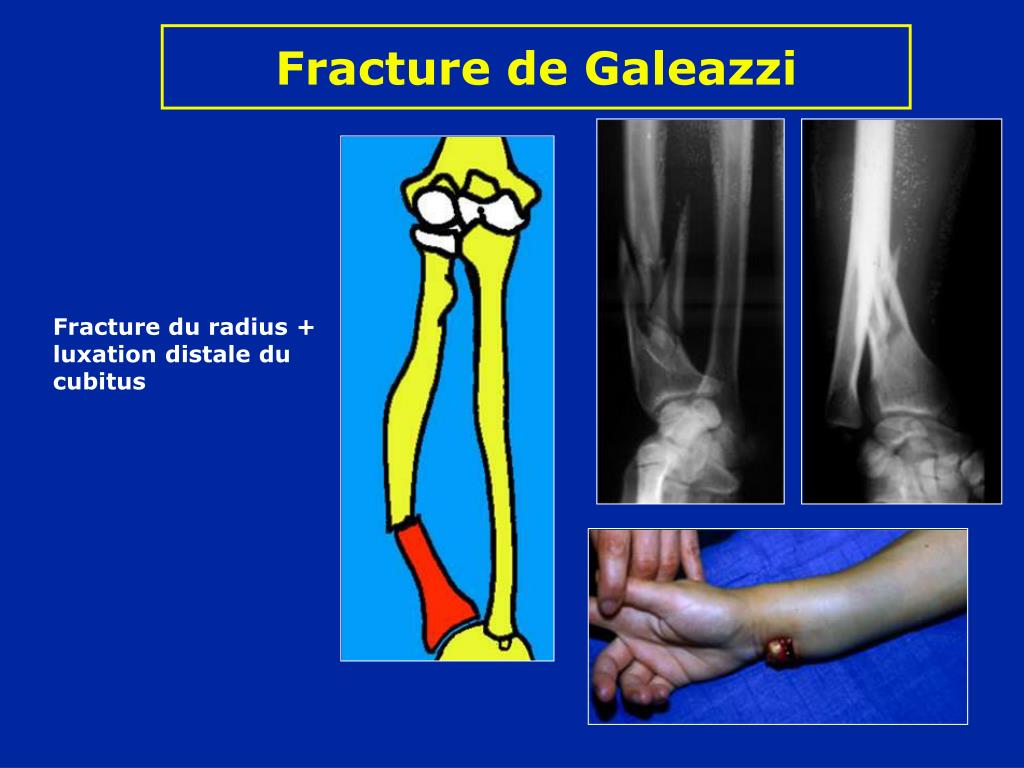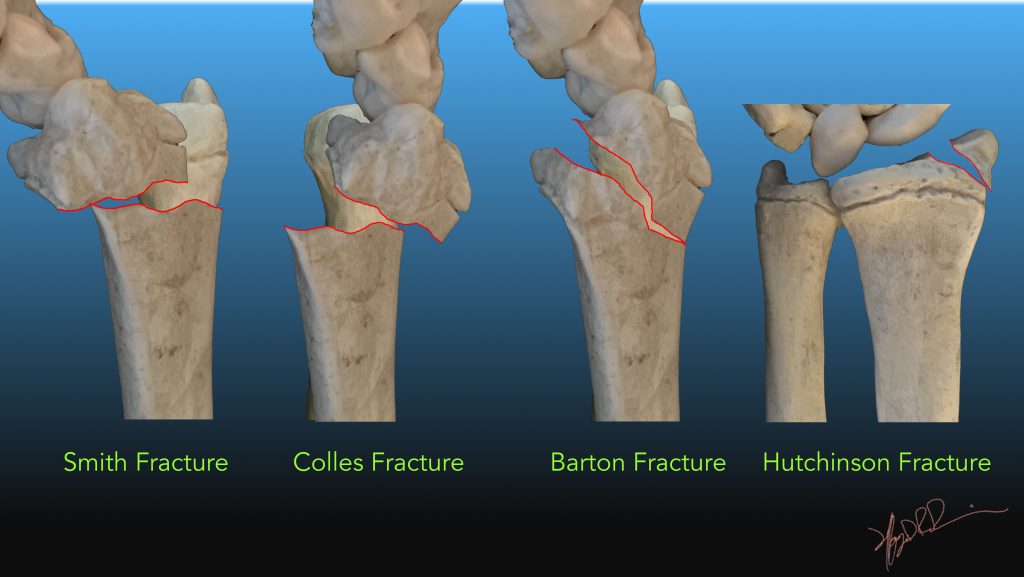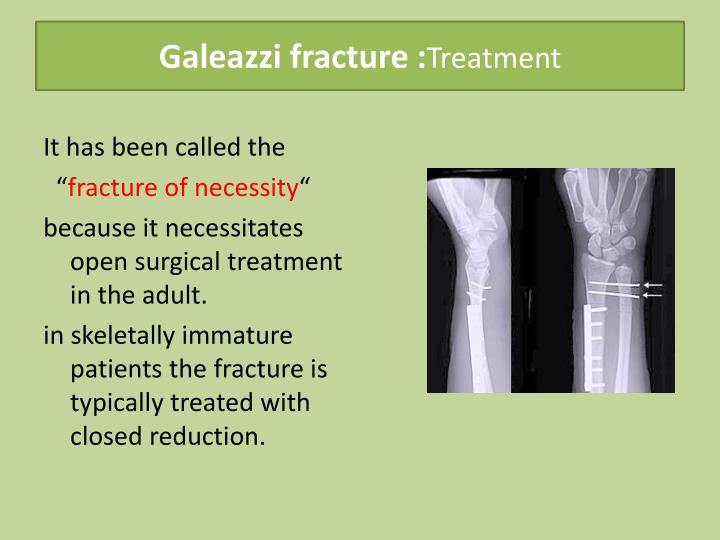

Rockwood and Wilkins’ fractures in children. Anterior interosseous nerve palsy associated with Galeazzi fracture. Ricardo Galeazzi and Galeazzi’s fracture. The Galeazzi fracture-dislocation, as shown in the image below, is an injury pattern involving a radial shaft fracture with associated dislocation of the distal radioulnar joint (DRUJ) the injury disrupts the forearm axis joint. Unstable fracture-dislocations of the forearm: the Monteggia and Galeazzi lesions. Unstable fracture-dislocations of the forearm (Monteggia and Galeazzi lesions). The distal interosseous membrane: current concepts in wrist anatomy and biomechanics. Chapter 2: Wrist Philadelphia: Wolters Kluwer Health/Lippincott Williams & Wilkins 2010.
#Galeazzi fracture diagram manual#
A pocketbook manual of hand and upper extremity anatomy primus manus. Leversedge FJ, Goldfarb CA, Boyer MI, Lin M. Galeazzi-equivalent injuries of the wrist in children. Variant of Galeazzi fracture- dislocation in children. The natural history of a mistreated ipsilateral Galeazzi and Monteggia lesion: report of a case 39 years post-injury. Kontakis GM, Pasku D, Pagkalos J, Katonis PG. Irreducible fracture of the wrist in a child. A Galeazzi fracture is a fracture of the middle to distal third of the radius. The Galeazzi-equivalent lesion in children revisited. Imatani J, Hashizume H, Nishida K, Morito Y, Inoue H. Irreducible fracture-dislocation of the distal radioulnar joint secondary to entrapment of the extensor carpi ulnaris tendon. Di una particolare syndrome traumatica dello scheletro dell avambraccio. Fractures of the radial head with distal radio-ulnar dislocation report of two cases. Galeazzi lesions in children and adolescents: treatment and outcome. 1999 70(6):634–6.Įberl R, Singer G, Schalamon J, Petnehazy T, Hoellwarth ME. Irreducible fracture-separation of the distal ulnar epiphysis in the Galeazzi equivalent fracture – a case report. 2010 12(5):443–7.Ĭastellanos J, Ramírez-Ezquerro C, de Sena L, Cavanilles-Walker JM. Ipsilateral combination of Galeazzi and Monteggia fractures in a ten-year-old patient: a case report. They have not been described in skeletally immature patients, but clinicians should be aware of the risks of proximal migration of the radius that can occur after radial head resection in these patients.Īkalin Y, Akinci O, Kayali C. Essex-Lopresti injuries are seen in patients that have interruption of the interosseous membrane and dissociation of the radius and ulna.
#Galeazzi fracture diagram full#
Once fracture healing is identified, therapeutic exercises can be initiated and a gradual return to full activities can be expected.

The key to treatment of these complex injuries is an anatomic reduction and the creation of a stable joint whether by closed or open methods. Anatomic reduction of the fracture typically leads to DRUJ stability unless soft tissues are interposed in the joint or physis. In children, this can be a true DRUJ dislocation or can also be a fracture-separation of the distal ulnar physis. Galeazzi fractures occur when the current of injury in the forearm fractures the radius shaft and then proceeds through the distal radioulnar joint (DRUJ) to cause dislocation or subluxation of the joint. Monday, I’ll describe this fracture’s evil twin, The Monteggia fracture.Injuries to the forearm can lead to fractures of either or both the radius and ulna as well as dissociation between the bones in the forearm. In children, initial closed reduction is the treatment of choice. What to do about it? This one needs prompt orthopedic consultation, and due to the dislocation component it requires operative management in adults. Of course, a whole classification system has been developed to describe the various nuances of this fracture pattern, but that’s beyond the scope of this post.

Notice the obvious dislocation seen in the lateral view. The Galeazzi fracture is an uncommon one, and consists of two components: a radius fracture at the junction of the distal and middle thirds, and a dislocation of the distal radio-ulnar joint. Orthopedic surgeons have so many names for fractures, it gets confusing! Today, let’s dig in to the “ Galeazzi fracture.” This one was named for an Italian surgeon during the early 20th century) although it was actually first described by an Englishman named Cooper a hundred years earlier).


 0 kommentar(er)
0 kommentar(er)
